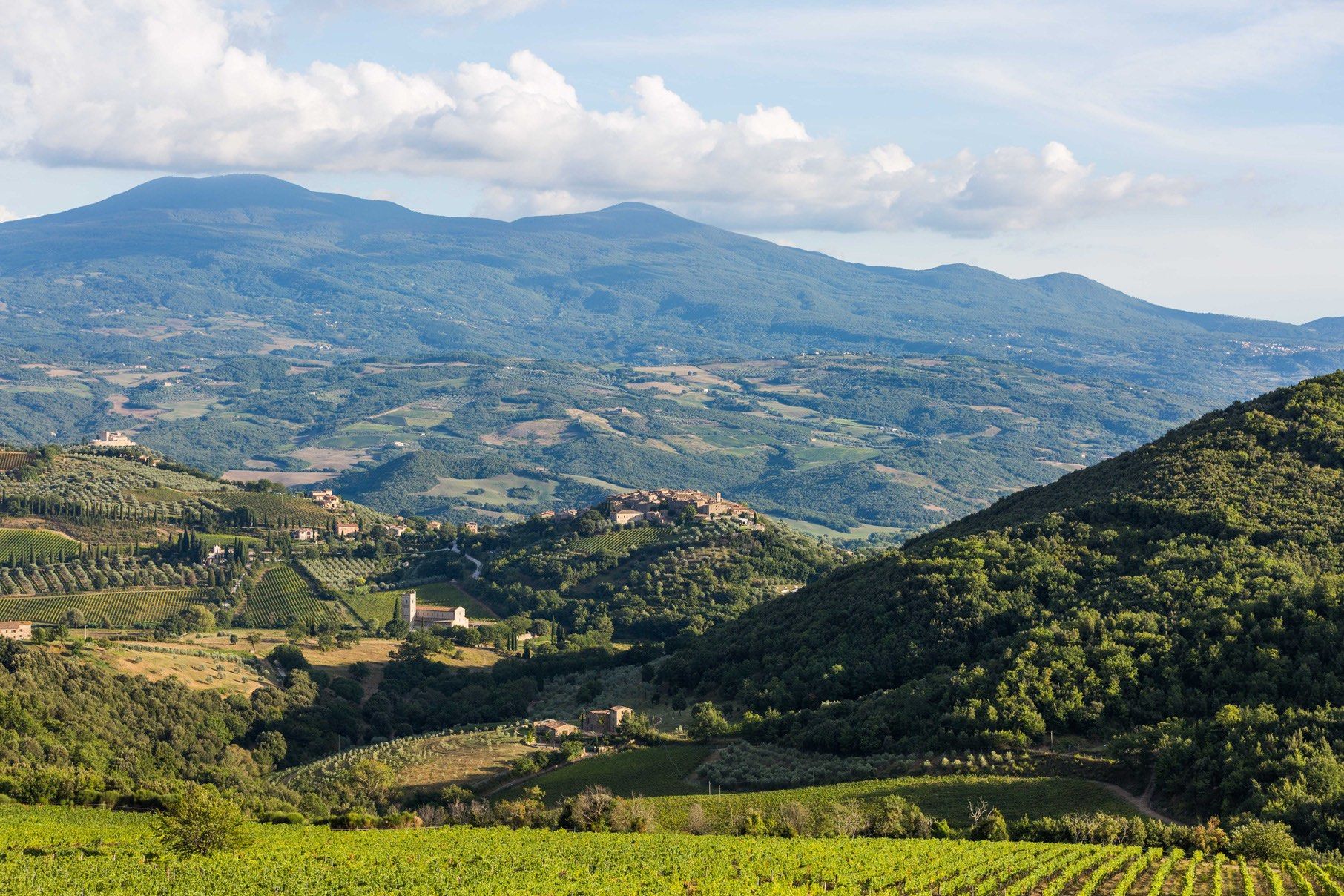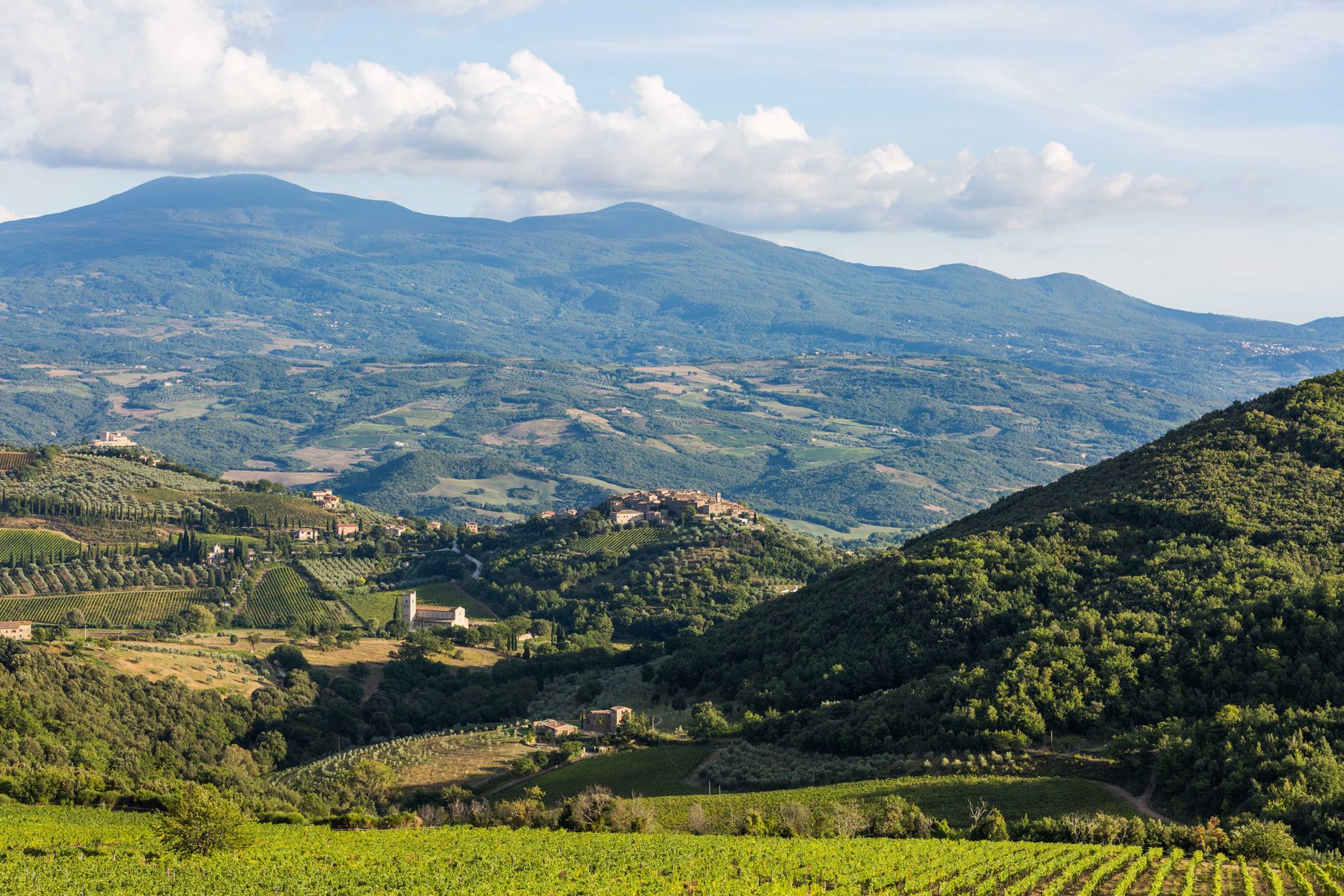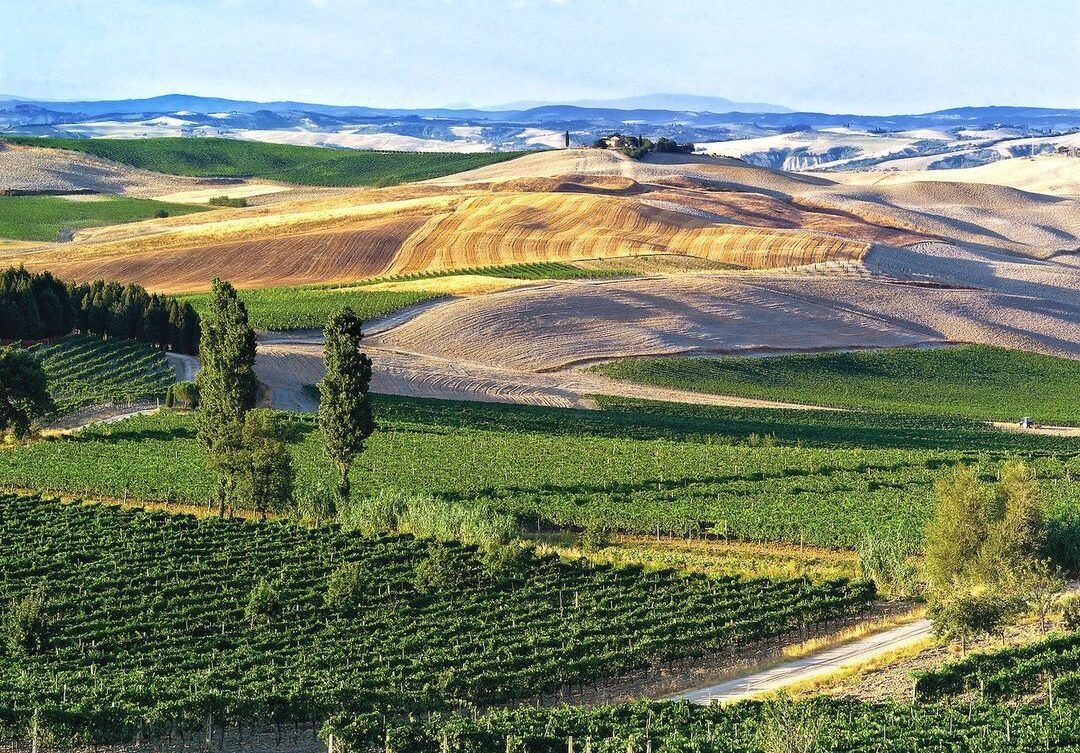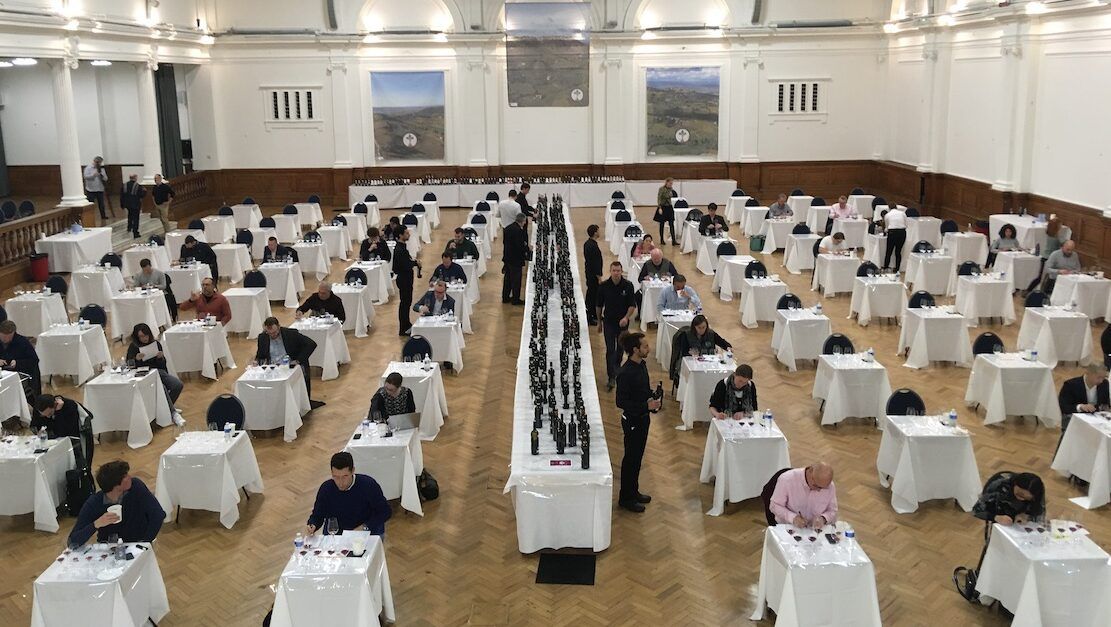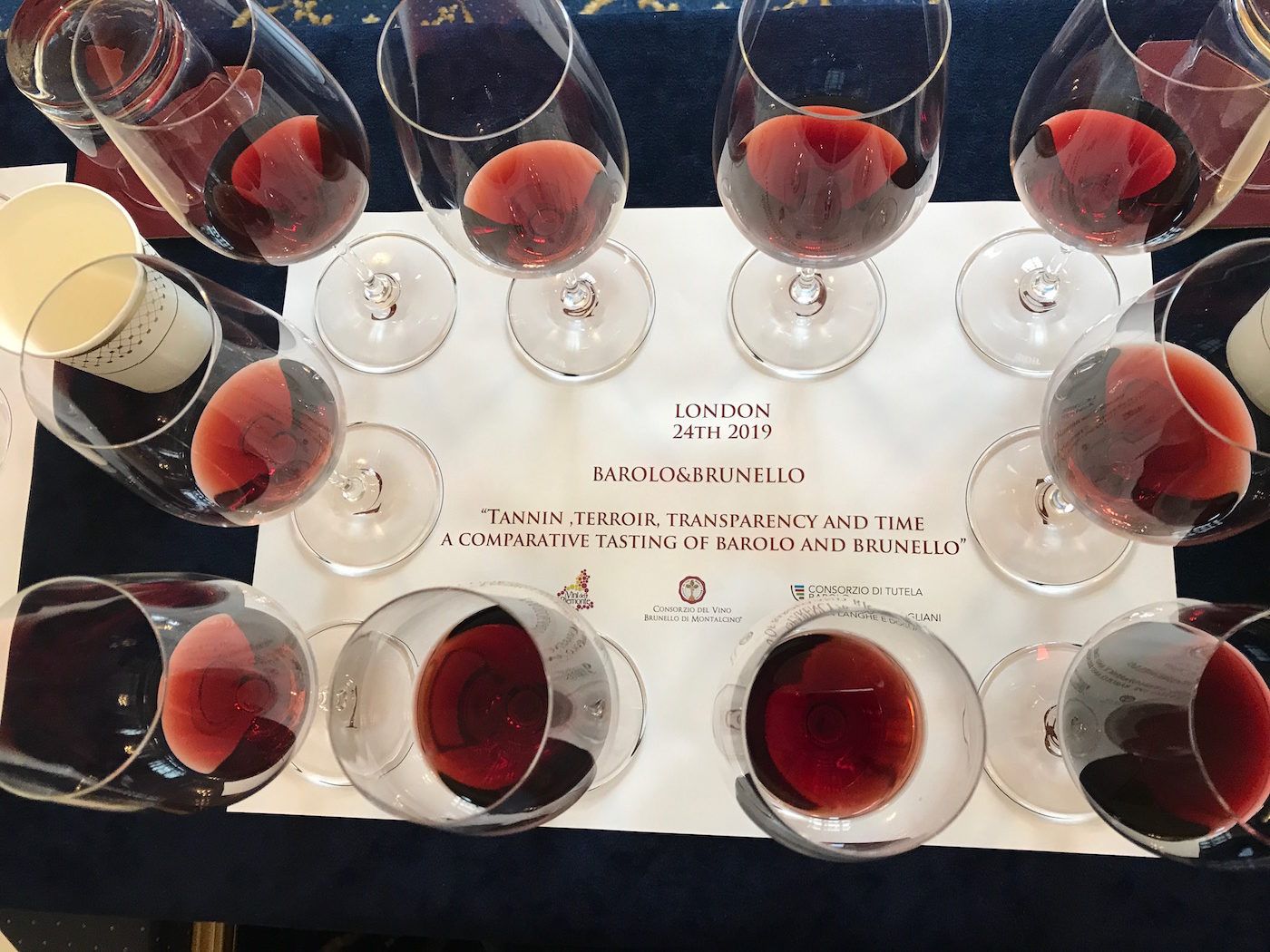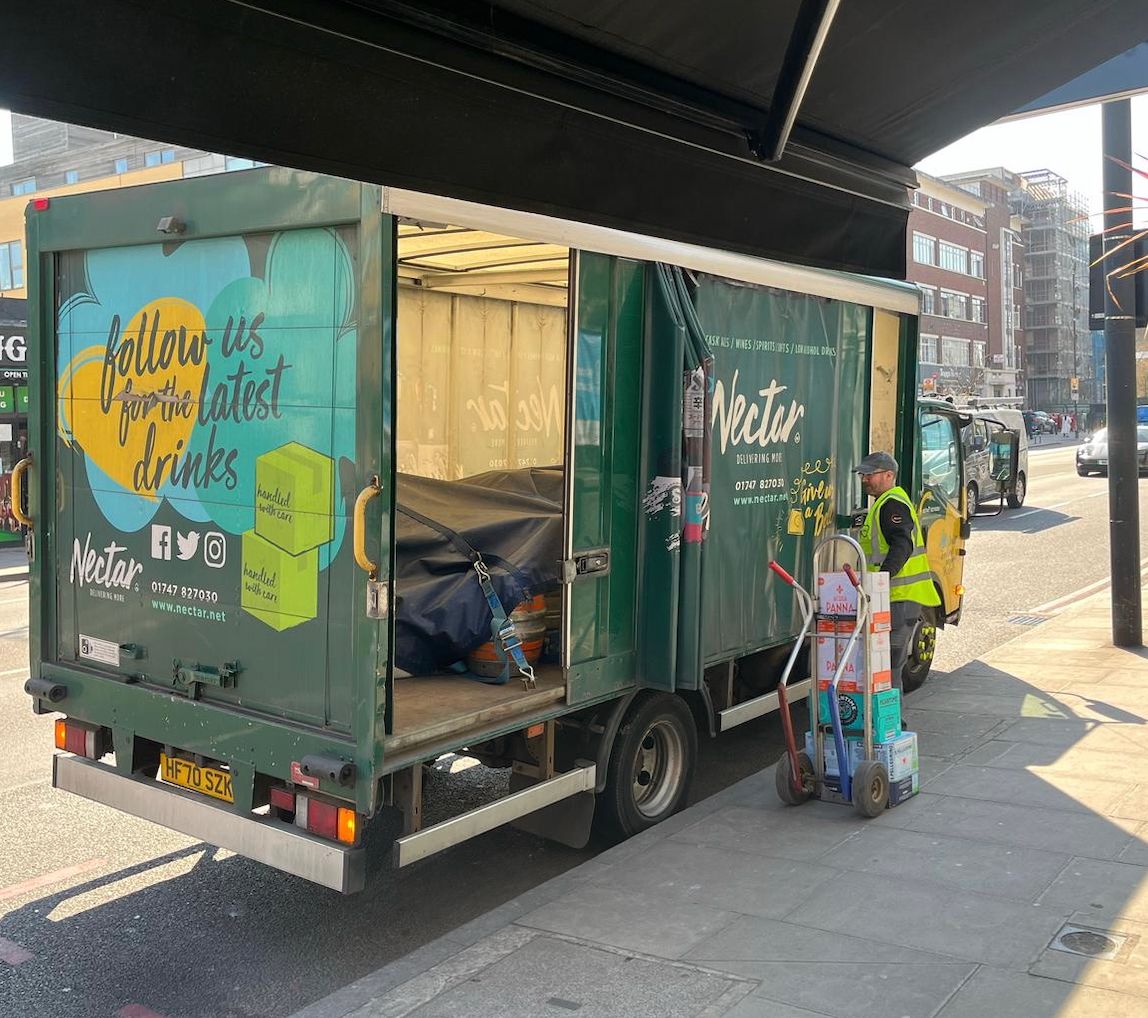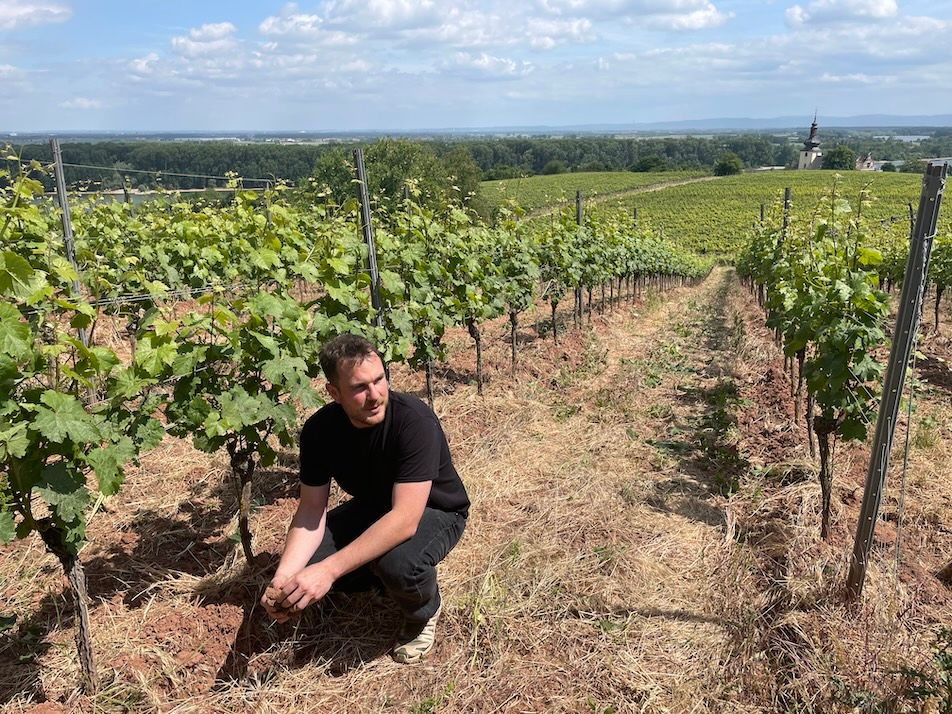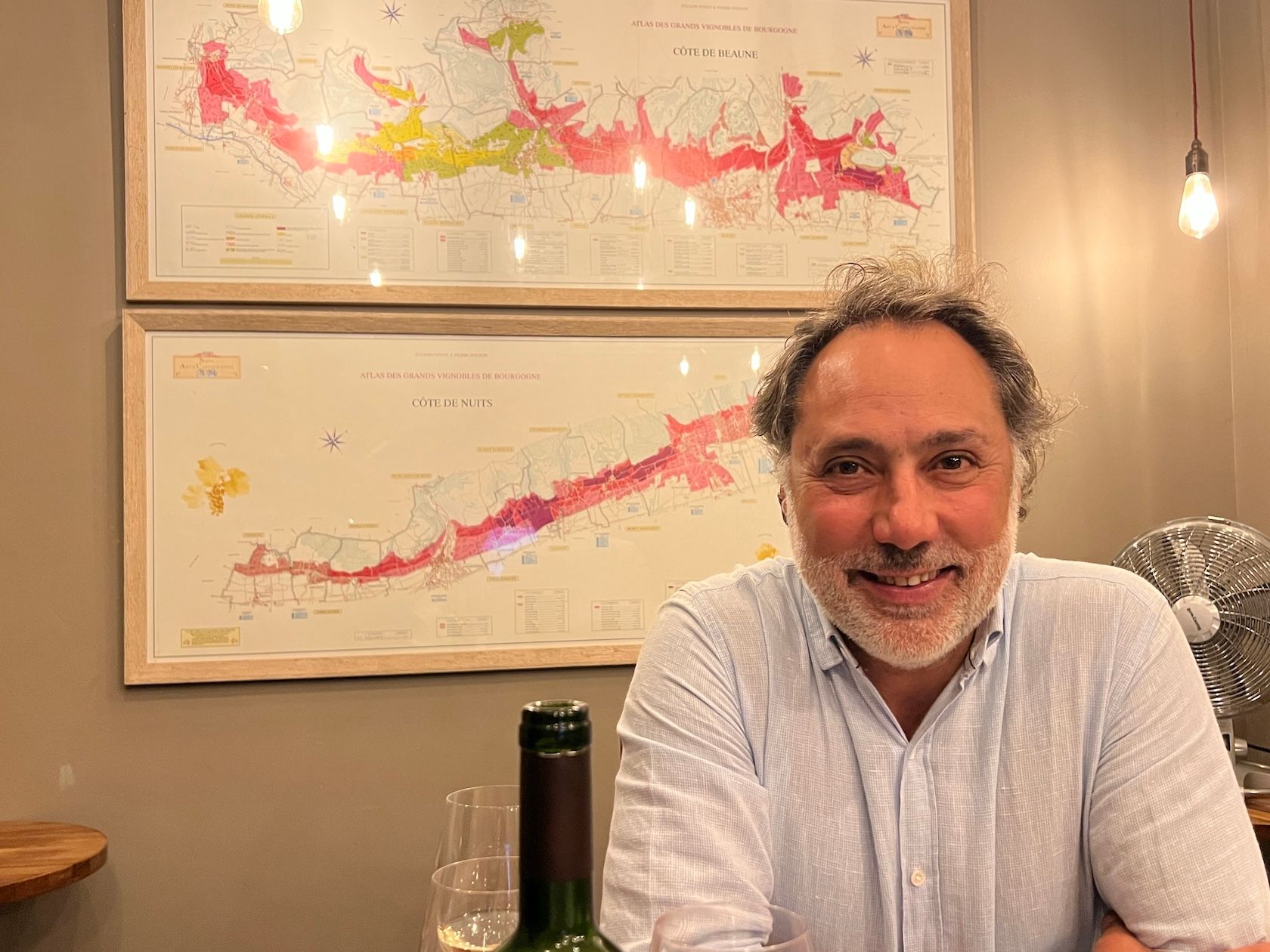Francesco Ripacciolio has just completed his 18th vintage at his family estate, Canalicchio di Sopra near Siena in Tuscany, which was established by his grandfather in 1962 and was one of the 12 founding members of the Consorzio del Vino Brunello di Montalcino, of which he is a board member.
While all vintages have their own individual challenges, Ripacciolio reports that 2024 was one of the latest harvests he has known in all his years working on the estate.
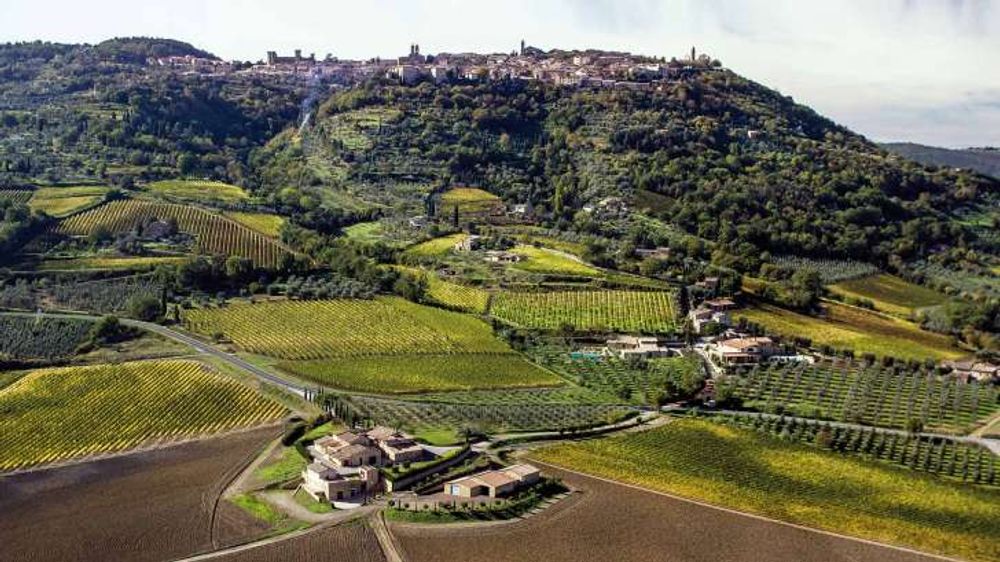
The Canalicchio di Sopra estate in Montalcino
“It was postponed by at least two weeks because of the weather conditions that arrived in September,” he says. “We received a lot of rain, following a very hot August, which can sometimes happen – 2018 was similar,” he recalls. “It was a bit like the very classic harvests that we used to see back in the 1980’s or 1990’s.
“It was very difficult because we had two extreme conditions that we had to manage – the heat and then rain - but thanks to the high yields this year we have been able to be a bit more relaxed as there were more than sufficient grapes to select from and throw away others.”
While the vintage may have been later than usual, it was also more bountiful, and while it’s too early to give official figures, Ripacciolio says that the yield at Canalicchio was up by around 25%, and it’s likely that other producers in the region will report similar.
“There was a very large quantity of grapes, so the fact we had a lot of rain at the beginning of September enabled the vines to keep growing with the plants in good health and able to retain water. The grapes were able to achieve perfect maturity with alcohol and acidity developing very slowly, so we have wines that are low in alcohol compared to previous years.”

Francesco Ripacciolio is a board member for the Consorzio as well helping to run his family winery in the region
This, he reports, is ideal as it dovetails perfectly with what the market is currently demanding, with the trend towards lighter, fresher- style wines.
Challenging but positive
While the vintage presented its own particular headaches, this is something that Ripacciolio says he welcomes. “The wet weather proved difficult at times, but for me a challenging vintage doesn’t mean a bad vintage, and in fact the more difficult years often give more satisfaction to the winemaker.”
And he is enthusiastic about the quality of this year’s grapes too.
“This is not a vintage that was easy, but we are seeing some amazing results with very elegant wines, which are lower in alcohol, and higher in acidity, giving them more freshness and providing lots of potential for ageing in the bottle for a long time. These are very important characteristics of Brunello di Montalcino and I am seeing a brilliance of colour that I don’t think I’ve seen since 2008 – not intensity of colour, but brilliance, and this is influenced by the lower pH.”
Brunello history
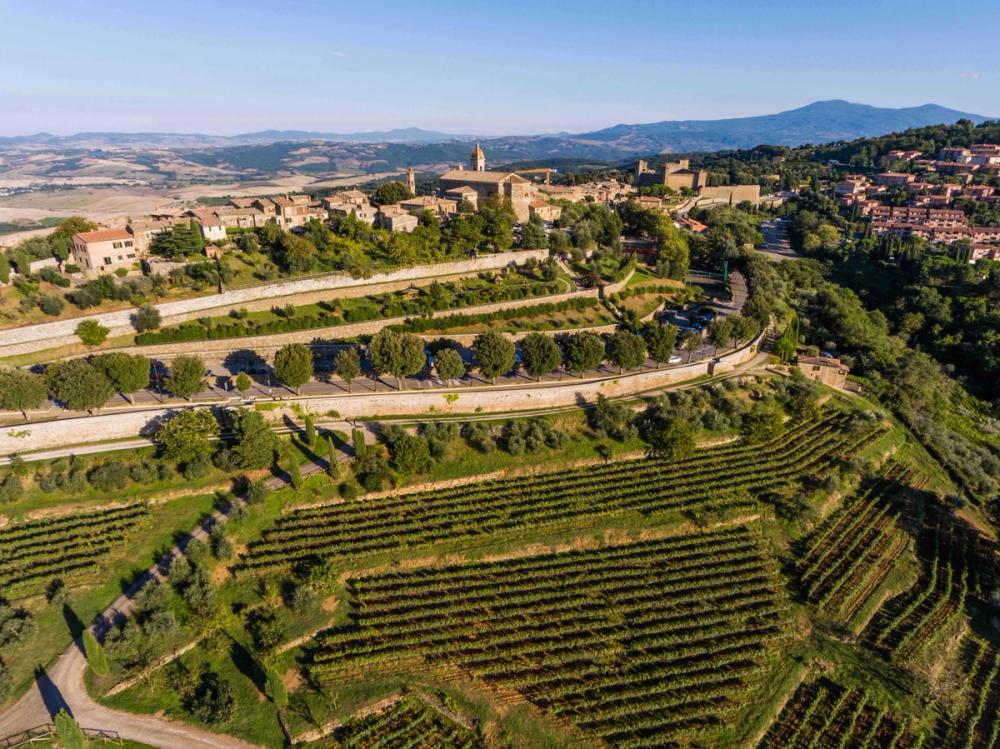
It was back in 1865 that the inaugural Brunello di Montalcino was bottled by Tenuta il Greppo. By 1929 the region had 925 hectares of vines and 1243 hectares of mixed crops, while in 1932 it was decreed that only those wines made and bottled within the commune could bear the Brunello di Montalcino moniker. Since then the number of producers has shot up, from a mere handful – 11 in 1960 to 230 in 2006, while over same period the vineyard area has expanded from 63.5 hectares to 1,956 with the region earning its DOC status in 1966 and being upgraded to DOCG in 1980.
Demand for the wine remains high from collectors all over the world, claims Ripacciolio with the majority of the region’s production – around 65 – 70% – being earmarked for overseas markets.
“Brunello di Montalcino is an appellation that is in demand across the world and is more exported than consumed domestically,” he confirms.
“Different vintages serve different functions,” he continues. “Some are better for keeping and ageing in the cellar, others are more suited to early drinking, but that doesn’t mean that one is better than another - they are just different. If you want to buy a Brunello because you want a bold vintage and you buy a 2008 you have made a mistake, but if you’re looking for elegance and something you can drink tonight, then the 2008 is perfect. And if you want more sweetness and volume go for the 2015, for example.”
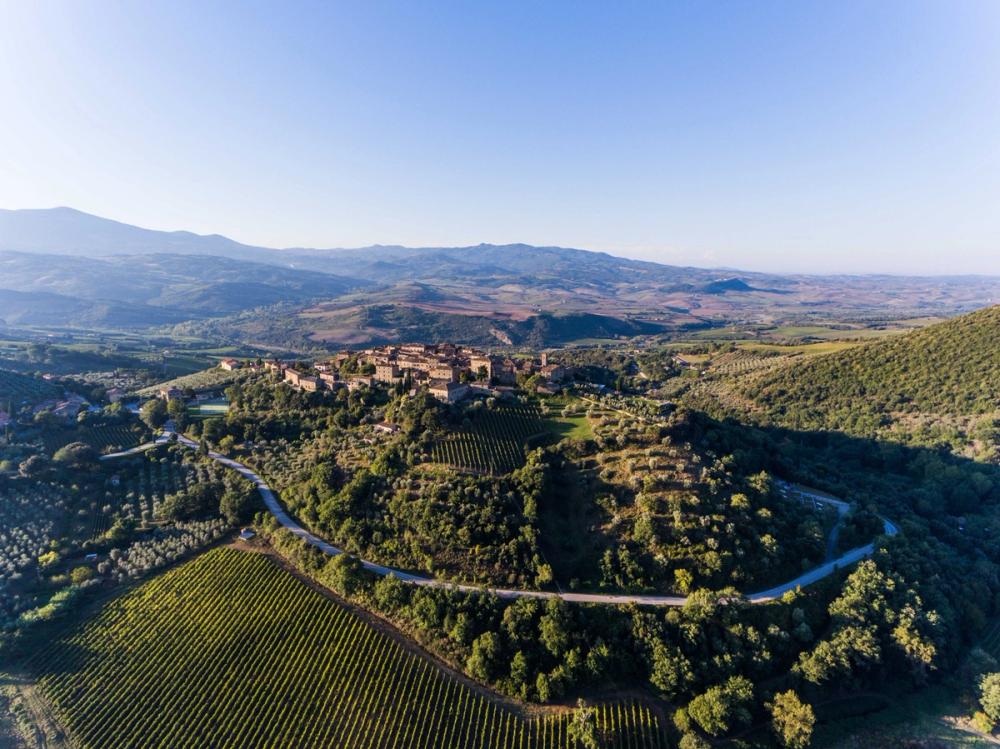
The 2019 which was the most recently released vintage is in particularly strong demand, offering “fantastic potential” for ageing, which international collectors are keen to get their hands on.
The 2020 is another important vintage, claims Ripacciolio, but slightly different to 2019 in that it is a wine that is ready to be drunk now.
“It is a vintage that you can drink while you wait for the 2019 and 2016 to mature in the cellar,” he says. “That’s not to say that the 2020 can’t age well, but it’s extremely pleasant drinking now.”
He describes the 2020 as a more “approachable” wine, compared to the 2019, adding that: “It’s more easily understood by more people who are perhaps not so aware of the appellation,” adding it can be used as a stepping stone to attract consumers to the wines before they try the 2016 vintage, for example. “But to have the 2016 you need to know something about Montalcino.” This is in itself not a bad characteristic of the wine, he says, but just the identity of that particular vintage.
At his own estate it was decided not to make the Riserva in 2020 and instead to use all the Riserva grapes for the Brunello Classico, the estate’s flagship wine. “That ensured we kept the quality of the Brunello Classico to the maximum possible.”
Brunello di Montalcino Wines must be aged in oak barrels and in bottles before being released, five years after harvest and six years for the even more premium Riserva.
For those that like a lighter drinking style of wine, the region can offer Rosso di Montalcino which are only aged for one year before release. These so-called “baby Brunellos” have similar, less complex flavours and are lighter in body than Brunello di Montalcino, with softer tannins, making a great everyday alternative to the premium Brunello.
International growth

There are opportunities for Brunello around the world - particularly in the UK says Francesco Ripacciolio
The top international market for Brunello di Montalcino remains the US, a position the country has held for over 30 years, followed by Canada, Germany, and Japan.
While the UK is not the largest international market, it is one of the most important, according to Ripacciolio. “At Canalicchio we have invested a lot in the market since 2009 – and we are now doing very well in the UK. It’s a very important market for producers and their brands, and is a market that is growing.”
And it’s also a market that he believes has further potential for growth, despite the difficulties presented by Brexit. “The Consorzio invests in it every year and promote the wines to the consumer, while single producers can also do their own promotional activity. What we need to do is to continue to draw attention to the appellation, working with buyers to do so. I think there is more potential because it’s a market that is very aware of fine wine.”
He concedes that while prices have risen, Brunellos are competing in a market of wines that while premium, are not necessarily as expensive as other appellations.
“Montalcino makes quality, not numbers. Compared to other famous appellations we are very small in terms of quantity – only 14 million bottles between Rosso and Brunello.”
He adds: “These are not huge numbers when you are selling to 50 countries around the world, but I think Brunello has a great relationship between price and quality. They are not cheap wines, and can’t be, given they are only released after five years, but I wouldn’t say they are unaffordable.”
Ripacciolio believes that the enduring appeal of Tuscany as a holiday destination amongst Britons goes some way to explaining the popularity of Brunello wines in the UK. “There is definitely appreciation of the wines, but also for the Tuscan region – it has become a destination in itself for wine lovers.”
Strong in hospitality
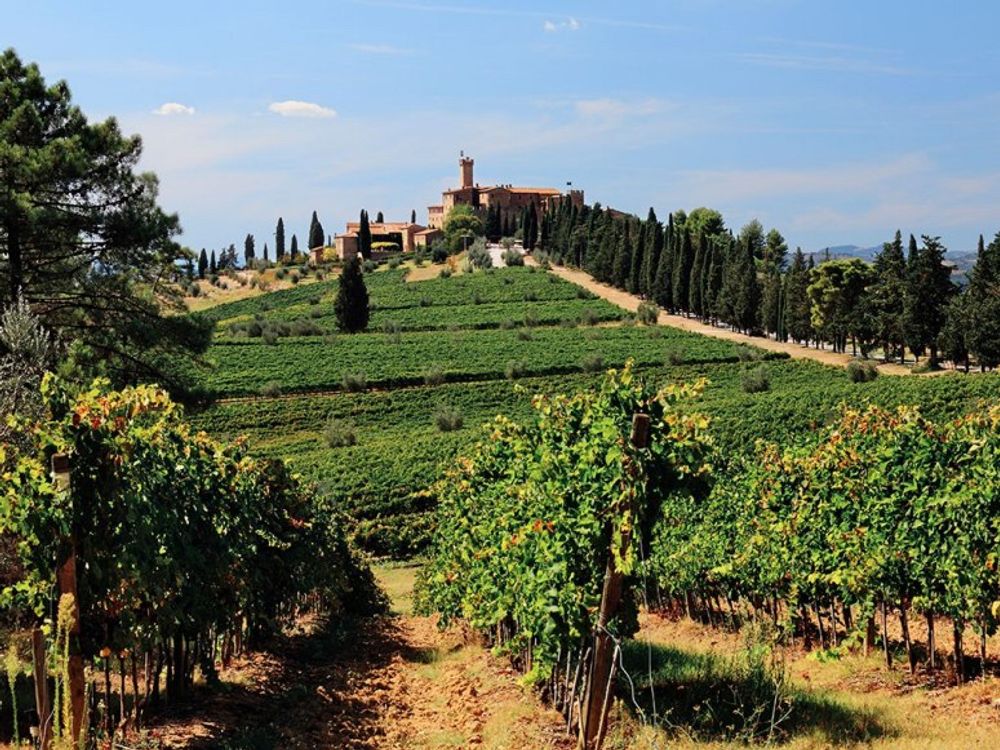
Such is the popularity of the wines in the UK that Ripacciolio claims that many merchants and restaurants are keen to have not just one Brunello on their lists, but a wider selection, to better represent the wide diversity and best the region has to offer. “It’s not enough to just have one example,” he confirms.
The difference in the terroir of the region means the grape expresses itself in many different ways. “The clay of Canalicchio produces very different grapes from the galestro [type of rock] of Montosoli where we have our other estate, and in the south of Montalcino you must understand that you cannot produce the same wine in such different soils, altitudes and temperature.”
It's not just the diversity of the soil that gives the grapes their unique characteristics, but also the wide variation in diurnal temperature of the region, which helps the grapes to maintain their acidity levels and extends their ripening time. The cold Tramontana wind can also play an important role in drying and concentrating the fruit.
New assessment system
From the 2020 vintage the Consorzio is actually abandoning the existing star-rating system in favour or a new way of assessing the wines, as rating a vintage is not as helpful as actually describing it, according to Ripacciolio.
The new means of evaluation has been created by the Consorzio in collaboration with climatologists and experts in the terroir, as well as internationally respected MWs. Not only does it claim to be more objective than the existing system, but takes into consideration factors that typically characterise the denomination, such as the impact of climactic trends on different vintages, as well as the subjective opinions of the tasters.
Brunello di Montalcino En Primeur Tasting: London, November 20
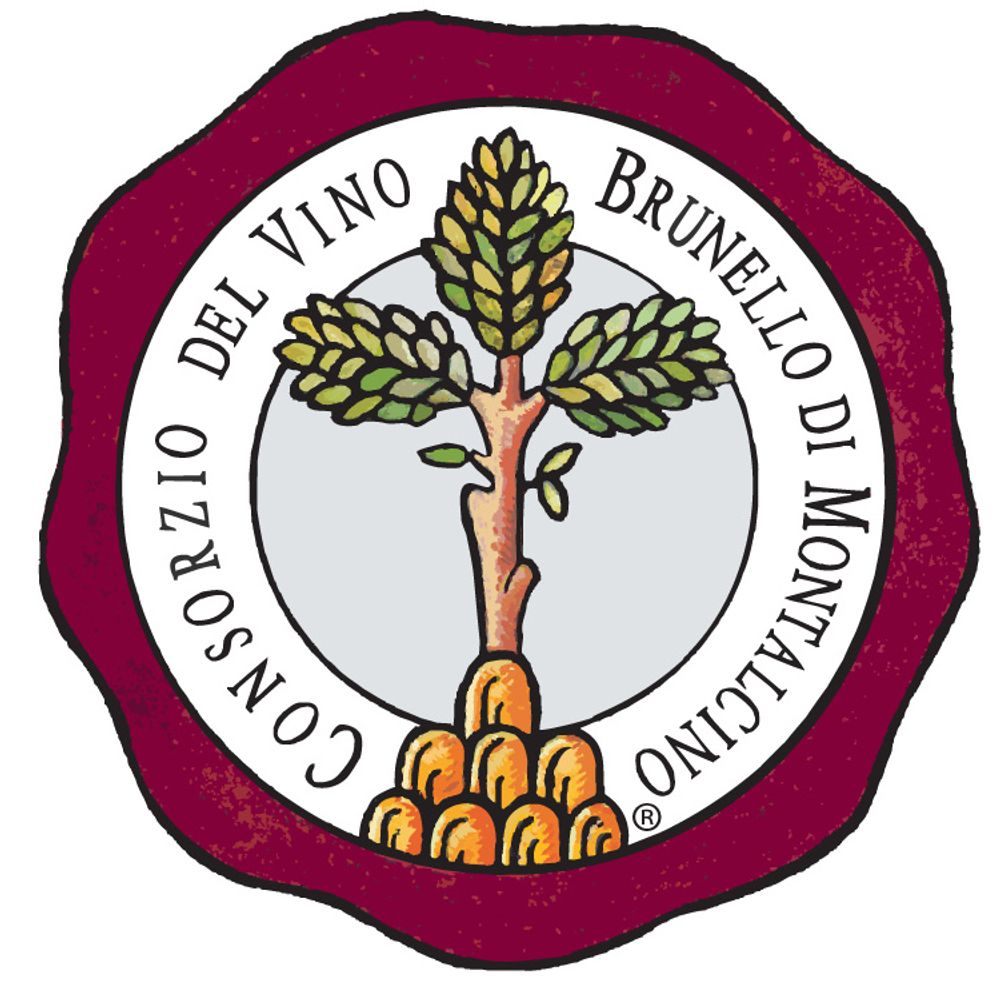
You can taste for yourself what is happening in the region at a special en primeur tasting of the 2025 tasting well before its official release in January. The Consorzio of Brunello di Montalcino presents Benvenuto Brunello, the en primeur, trade-only presentation of the hotly anticipated 2020 vintage and the 2019 Riservas.
Benvenuto Brunello features some of the most important estates as well as rising stars from this world-famous denomination. Tasters can choose freely the wines during the a two-hour, pre-booked sommelier-serviced tasting slot. The times available are:
- 10:30am – 12:30pm.
- 1pm-3pm.
- 3.30pm - 5.30pm.
The number of attendees has been greatly limited by the Consorzio of Montalcino and per slot there is a very limited number of 32 places available and places will be allocated on a first-come first-served basis. To attend email Walter Speller, the event organiser at walter@walterspeller.com.
